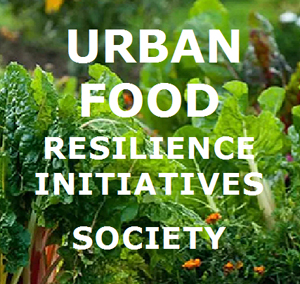Saturday October 5, 2024 | VICTORIA, BC
by Mary P Brooke | Island Social Trends
It’s not about if ‘the big one’ will happen, but when.
Every year in October, people in British Columbia coastal areas are encouraged to participate in the annual ShakeOut BC drill.
You can do it yourself at home, or get signed up for yourself, school or workplace.
This year the exercise is on Thursday October 17 at 10:17 am.
The last earthquake of 9.0 magnitude was in 1700. That was 324 years ago, and seismologists say that here on Vancouver Island we’re due or overdue for the next one.
Government relies on volunteers:
Considering the significance of such a large seismic event — earthquake and tsunami, it seems like a low-key approach by government. How many people in BC are truly prepared to get by for 7 to 14 days after a major earthquake? How prepared is the BC economy, transportation system and government?
BC has their Ministry of Emergency Management and Climate Readiness but the ShakeOut BC initiative has floundered over the years for funding and marketing presence. They rely on ‘earned media’ (articles and such) to get the word out, plus posts in social media.
Even the Ministry itself says that “public safety lifeline volunteers are at the heart of emergency response in BC”.
When an emergency hits, people will be in any number of places. It could be day or night. It could be summer or winter. Volunteers will want to take care of their own family and situation first before heading out to support the community.
Training and preparation ahead of such a big event is something that is continuing but may not be fully ready if the big one hit today.
Emergency management training:
Free emergency management courses delivered by the Justice Institute of BC are intended for staff and volunteers from Indigenous communities and local governments who fill various roles during emergency and disaster response.
- Online emergency management courses
- In-person emergency management courses
- Course descriptions
- Host an in-person course
Community level courses for Emergency Support Services (ESS) teams includes training and exercises as part of their continued commitment to deliver ESS in the community. Those courses are critical to the ongoing improvement of local and regional level planning for responses to emergency events that displace people, says the Ministry of Climate Change and Emergency Management.
What will happen in a major quake:
After a major earthquake:
- Roads will be undriveable and airports out of service.
- Ferries may not run for a while.
- Every household and community will need to fend for itself.
- Schools, hospitals and other essential social infrastructure will be challenged.
- There will be power outages and probably a range of building collapses and vehicle accidents.
- The food supply chain will be interrupted.
- Many people will be injured or at the very least in shock.
Chaos will be a natural outcome. Planning ahead is part of maintaining some control for the sake of safety and social cohesion.
ShakeOut BC:
The ShakeOut BC drill is about the moments of the quake. Each year people are encouraged to build muscle memory for Drop, Cover and Hold-On. It’s free to participate. So far about 375,000 people have signed up. In past years over 500,000 participants have been part of the drill.
“The ShakeOut BC planning committee volunteers contribute hundreds of hours each year to help organize the Great BC ShakeOut,” says Naomi Yamamoto, President, BC Earthquake Alliance (BCEA).
Launched in 2010, the BCEA is a non-profit society that says it is building a culture of earthquake and tsunami preparedness.
For the 2024 earthquake drill, BCREA organizers will host a ShakeOut BC media event in Vancouver at 10 am on October 17. Spokespersons for that event will include Vancouver Mayor Ken Sim.
===== RELATED:
NEWS SECTIONS: EMERGENCY PREPAREDNESS & SAFETY | VANCOUVER ISLAND











